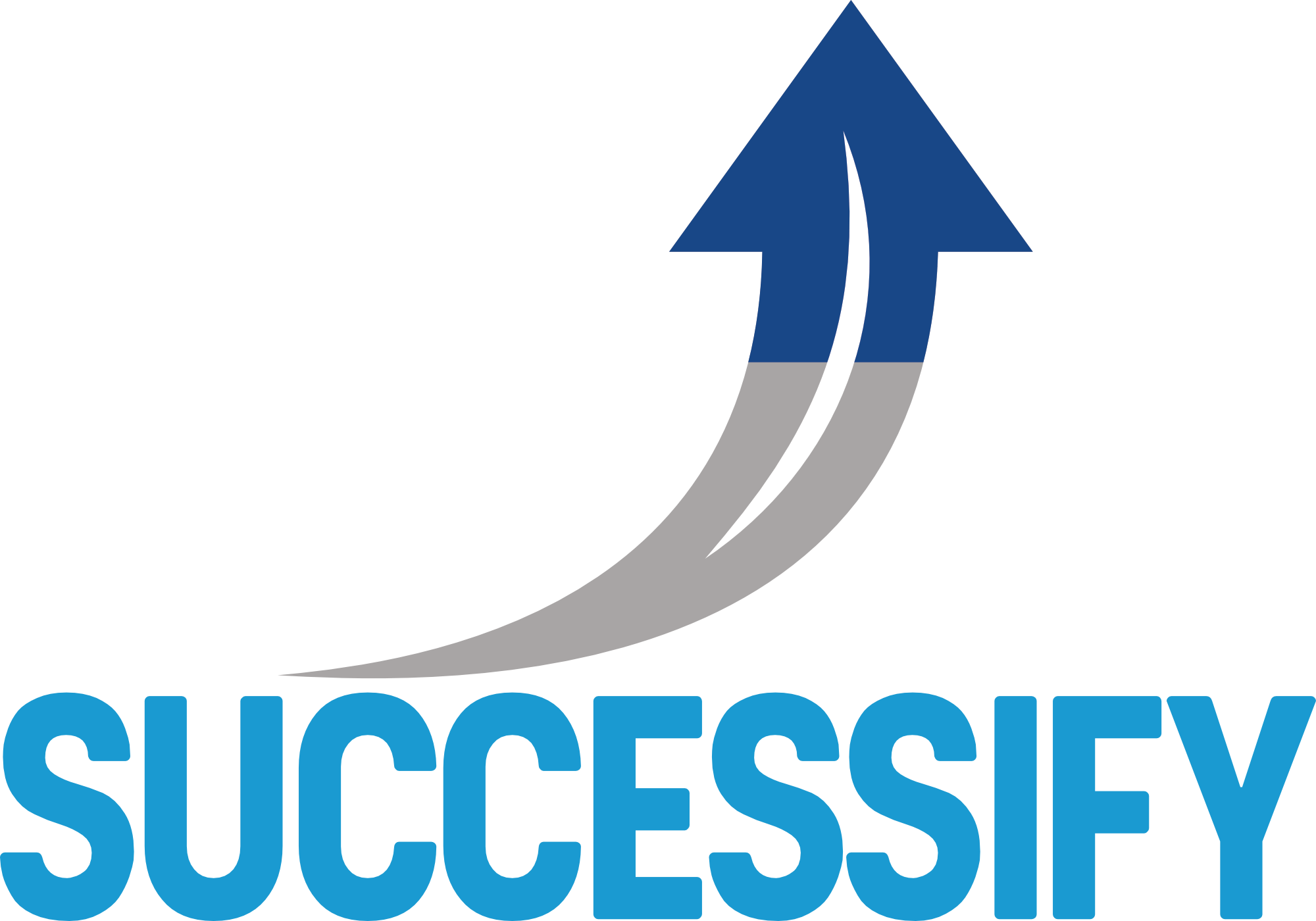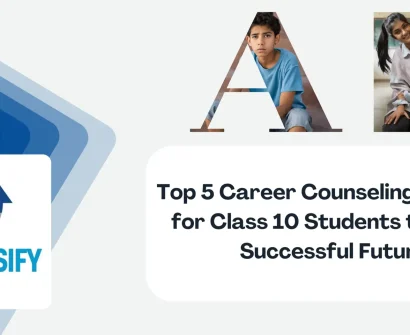Keep Yourself Ready for That Dream Career Switch: A Step-by-Step Guide to Risk-Free Reinvention

By Somesh Dwivedi, Founder of www.successify.in
You’ve decided it’s time for a change—maybe even a full career pivot. But how do you prepare for a leap that feels risky, expensive, or downright terrifying? The secret isn’t luck or recklessness—it’s strategy.
Mid-career professionals who successfully switch careers don’t wait for a sign from the universe. They build bridges before burning boats. Here’s how to position yourself for a seamless transition, minimize risk, and jump when the right opportunity arrives.
1. Start with Self-Assessment: Know Your “Why” and “Where”
Before updating your LinkedIn, ask:
Why are you leaving your current field? (Boredom? Burnout? Seeking purpose?)
What skills or passions do you want to leverage?
What industries align with your values?
Tools to Try:
Career Values Quiz (via Harvard Business Review) to clarify non-negotiables.
Transferable Skills Audit: List hard skills (project management, coding) and soft skills (negotiation, empathy).
Example: A teacher pivoting to corporate training might repurpose lesson planning, public speaking, and conflict resolution skills.
2. Upskill Strategically (Without Quitting Your Job)
You don’t need a new degree to switch careers. Focus on low-cost, high-impact learning:
Certifications: Google Career Certificates, HubSpot Academy, or PMP.
Microlearning: Platforms like LinkedIn Learning or Coursera offer bite-sized courses.
Free Resources: Follow industry leaders on Substack or podcasts (e.g., The Tim Ferriss Show for entrepreneurship).
Pro Tip:
Many employers cover education costs. Ask HR about tuition reimbursement for relevant courses.
3. Build a Financial Safety Net
Financial stress sabotages reinvention. Aim for:
3–6 Months of Savings: Cover essentials (rent, groceries, insurance).
Debt Reduction: Prioritize high-interest loans.
Side Income Streams: Freelance, consulting, or part-time gigs in your target field.
Case Study:
Sarah, a 38-year-old marketing manager, took on freelance content projects for tech startups while working full-time. Within a year, she’d built a portfolio—and client base—to transition into tech marketing.
4. Network Before You Need It
Your next role likely won’t come from a job board. Build relationships early:
Join Industry Groups: Attend virtual events (Meetup, Eventbrite) or LinkedIn communities.
Informational Interviews: Ask professionals in your target field for 15-minute Zoom chats.
Reverse Mentorship: Partner with younger professionals to learn emerging trends (e.g., AI tools).
Stat to Know:
85% of jobs are filled via networking (LinkedIn Global Talent Trends Report).
5. Test-Drive Your New Career
Dip a toe before diving in:
Side Hustles: Offer services on Upwork or Fiverr.
Volunteer: Nonprofits often need skilled volunteers (try Catchafire).
Job Shadowing: Spend a day with someone in your desired role.
Red Flag Check:
If you dread even the part-time version of the job, pivot your plan.
6. Optimize Your Resume and LinkedIn
Recruiters scan resumes in 7 seconds. Make yours scream “fit”:
Keyword Match: Use job descriptions to mirror industry language.
Highlight Transferables: Frame past roles through the lens of your new field.
Add a “Relevant Skills” Section: Push certifications or freelance work to the top.
Resource:
Use Jobscan to ATS-optimize your resume.
7. Time the Jump Right
Wait for these green lights:
Consistent Side Income: Your side hustle covers 30–50% of your current salary.
Strong Industry Connections: You have 2–3 advocates in the field.
Market Demand: Tools like Burning Glass show growing demand for your target role.
When to Pause:
Economic downturns in your target industry.
Major personal obligations (e.g., new parenthood, health issues).
8. Negotiate a Soft Landing
Reduce risk with creative transitions:
Internal Moves: Shift departments at your current company (e.g., from sales to customer success).
Consulting Agreements: Propose a 6-month trial period with a new employer.
Remote Flexibility: Use hybrid work to quietly interview or upskill.
Example:
David, a financial analyst, negotiated a 4-day workweek to train as a data scientist. His employer later hired him for a hybrid analytics role.
9. Embrace the “Scary Safe” Mindset
Fear doesn’t disappear—it gets managed.
Risk Mitigation ≠ Playing It Safe: It’s about informed decisions, not inaction.
Set Milestones: “If I don’t land a client in 3 months, I’ll revisit my rates.”
Celebrate Micro-Wins: Finished a course? Updated LinkedIn? That’s progress.
10. Stay Adaptable—Even After the Jump
Reinvention isn’t a one-time event. The most successful career rebels keep evolving:
Annual Skills Review: What’s emerging in your field? (e.g., AI prompting for marketers).
Feedback Loops: Regularly ask mentors, “What gaps do you see in my readiness?”
Exit Strategies: Always have a Plan B (e.g., freelance clients you can reactivate).
Final Thought: Your Career Is a Portfolio, Not a Ladder
The days of “one job until retirement” are over. Modern careers are portfolios of skills, experiences, and side quests. By preparing thoughtfully, you’re not being cautious—you’re being strategic.
As author Seth Godin says, “The best way to complain is to make things better.” If your current career feels stale, stop complaining. Start building.
Next Steps:
Download a free career transition checklist from The Muse.
Bookmark Investopedia’s guide to career change financial planning.
Join a free webinar on LinkedIn: “How to Pivot Careers Without Starting Over.”
P.S. Still feel stuck? Revisit your “why.” The best career rebels aren’t fearless—they’re just more committed to their future than their comfort zone.







